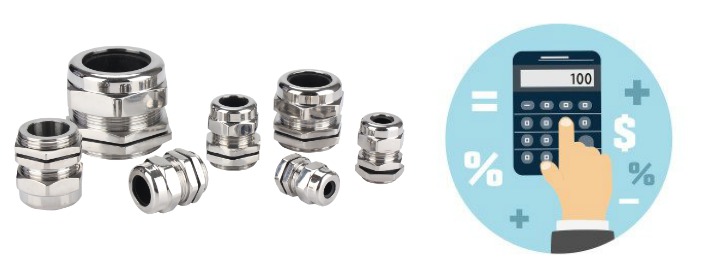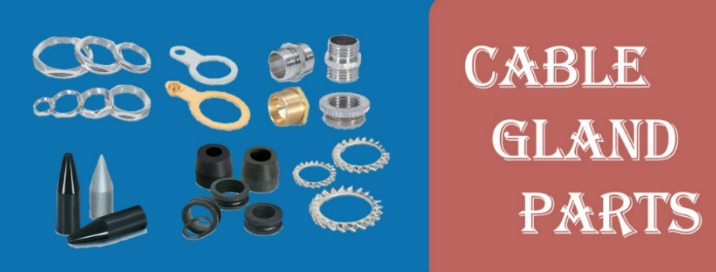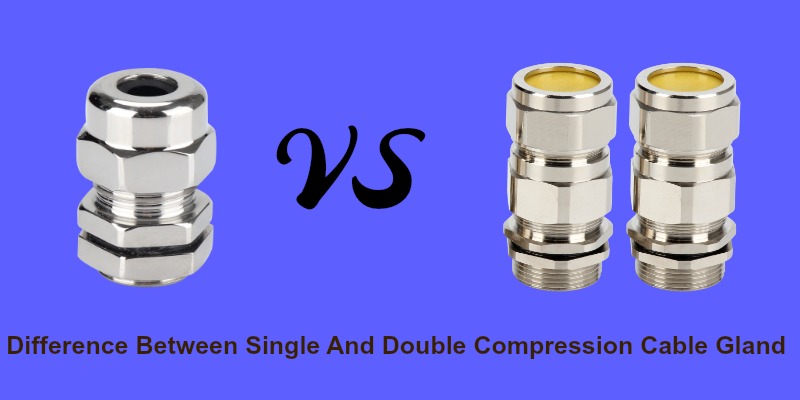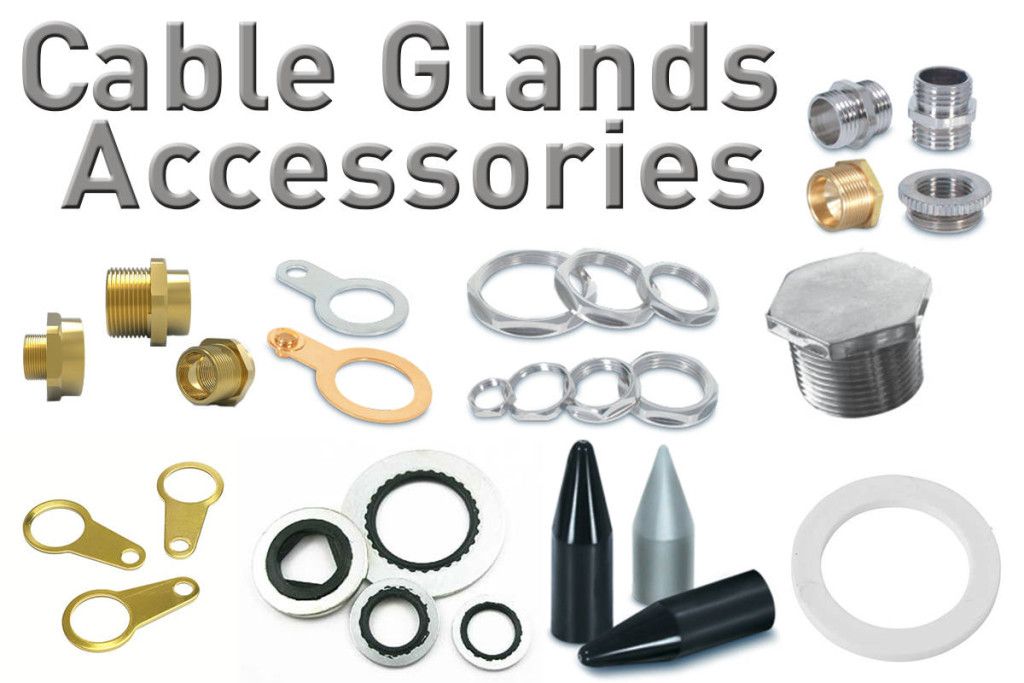
Are you one of those people looking for a complete list of cable gland accessories but don’t know where to find it?
You might be thinking about the different types of accessories and their functions.
What are the various parts of the cable gland?
There’s no need to look further because this post got you covered.
Allow this guide to be your detailed and ultimate guide to understanding the cable gland’s various accessories.
We will present everything you need to know from lock nut and gland body to rubber seal.
But before we dive into the accessories, let’s take a short overview of what a cable gland is.
In case you didn’t know yet, a cable gland is a device created to allow the entry of a:
-cable
-flexible cable or;
-insulated conductor
into an enclosure and which offers retention and sealing.
It also offers substantial functions like:
-cable guarding
-strain relief
-insulation
-bonding
-earthing
-or a mix of those
You see, they are considered mechanical fittings, which create part of the electrical installation material.
A cable gland is a type of device intended to connect and safeguard an electrical cable’s end to the equipment.
It offers strain relief and links by a means ideal for the description and type of cable for which it’s created.
What are the Accessories of Cable Gland?
You now finally understand the different parts of the cable gland.
In this section, we will dive deeper into the functions of each.
Are you ready?
First, we have:
Cable gland body
What is the cable gland body?
The body and the housing are comprised of all other parts of the cable gland.
These are normally made of the following materials:
-aluminum
-steel
-stainless
-plastic
Its body and housing are made composed of other parts of the cable gland.
Cable Gland Locknut
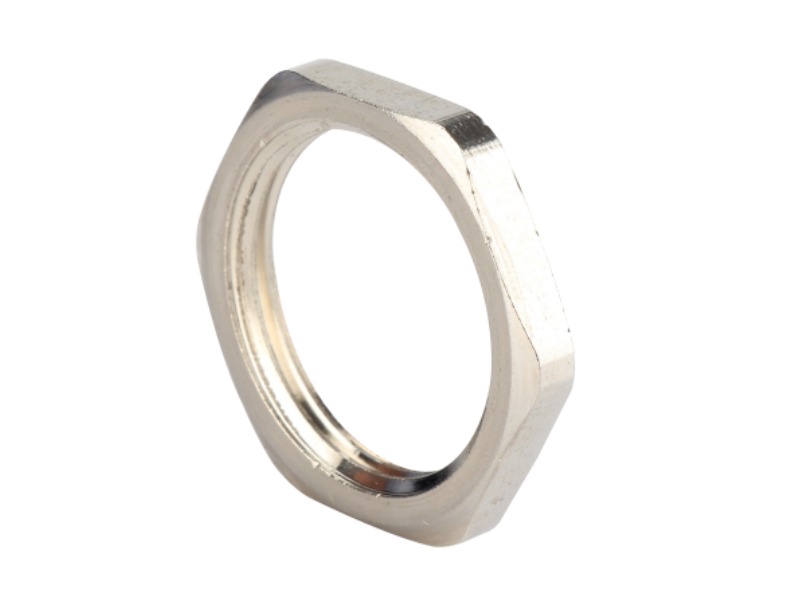
This accessory is small with a hexagonal shape.
These are employed for securing into position every kind of cable grommets and cable glands.
A cable gland locknut is commonly employed in different sectors, such as electrical instrumentation and automation systems.
Take note that cable gland locknuts might be used on each kind of electrical power, control, instrumentation, and telecommunications cable.
Cable Gland Sealing Nut
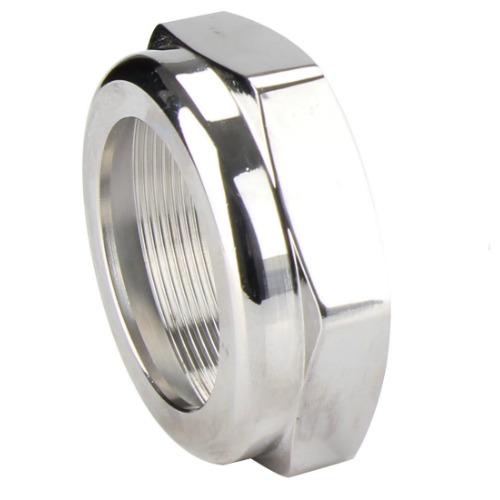
You will find this cable gland accessory easy and hassle-free to install.
They provide a reliable and strong seal against gas or liquids even under high-pressure settings.
It caps under and inside the head at the same time.
Did you know that the 1-piece sealing nut is simple to fit?
It also comes with a captive cap to prevent any potential loss.
Keep in mind that sealing nuts are a one-piece structural element.
Sealing from leakage is feasible in the bearing face and the thread.
Often, sealing nuts provide a high-strength threaded link without loss of preload force.
Cable Gland Shroud
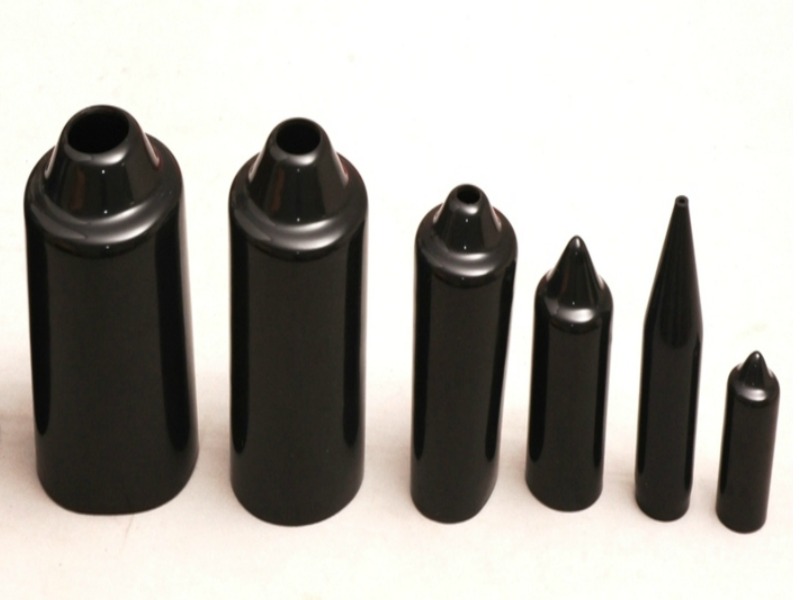
In case you didn’t know yet, a cable ground shroud’s function is to reduce the chance of foreign substances building up in the cable gland.
Do you plan to use it in harsh settings?
Then using a PVC cable is the best option for you.
It can provide you extra security to cable glands.
On top of that, this accessory is resistant to smoke and flame.
Cable gland plate
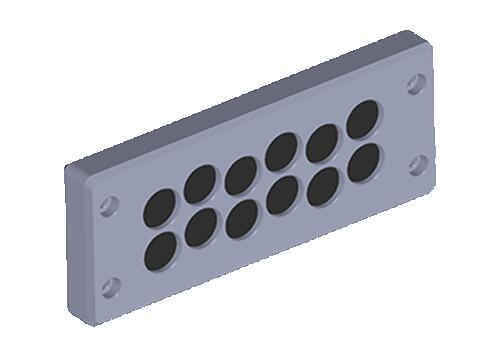
Do you have a limited installation space?
Perhaps you have numerous incoming or outgoing cables.
This is where a cable gland plate comes to the rescue.
This accessory could be installed even without using any tools.
The best part about it is the gland plate provides a great resolution if the enclosure requires different incoming and outgoing cables.
Cable Gland Washer
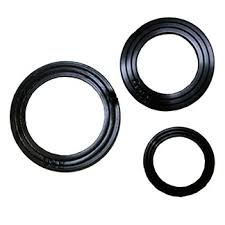
Do you see a disk-shaped metal piece of hardware in your cable gland?
That what we call a washer.
It is a thin plastic with a hole in the middle.
Aside from that, it functions to achieve proper spacing, prevent wear and corrosion, and lessen vibration in the cable gland.
Cable gland adaptor
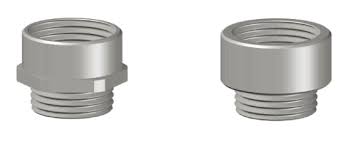
This accessory allows hassle-free and efficient entry of cable devices to be connected to the equipment.
This is extremely needed to make the cable gland and equipment well-matched.
It is also used in all types of electrical settings, such as in machinery.
A cable gland adaptor helps the seal to prevent dripping water and endure high water pressure.
Such cable gland adaptors are simple, screw-in tools that are made from silicone, rubber, nickel, brass, and other kinds of metal.
Such cable gland adaptors connect with the cable glands.
That helps in creating a seal that could persist any dripping water.
Cable Gland Earthing Tag
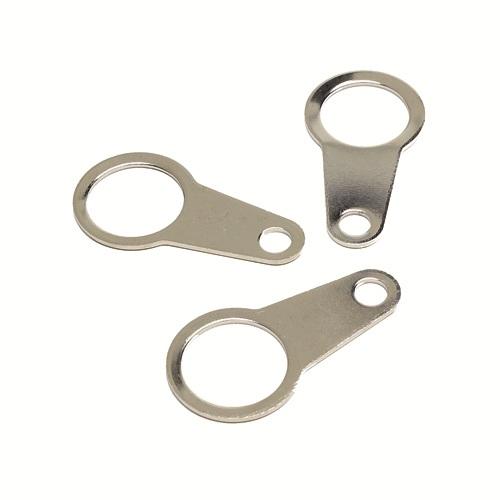
This accessory functions as a way of a link around the cable gland.
It ensures there is earth continuity between the equipment and the gland itself.
An earthing tag could be fabricated with the help of brass, aluminum, or copper.
What’s more, the earthing tag could be coated or plated according to the user’s preferences.
Awesome, isn’t it?
Clamping cone

How about a clamping cone?
The function of a clamping cone is to clamp the round and square pipes by placing them.
These are often connected to a bolt.
Cable Gland O-ring
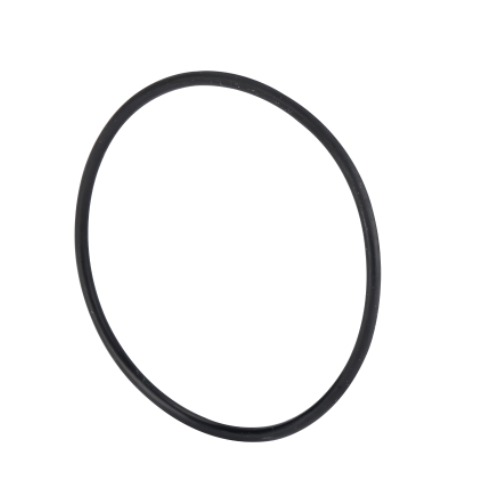
As the name tells, this is a device with an O shape.
It helps create a securely sealed joint.
O rings come in various materials to fit in different uses.
Some of them can endure high-temperature settings.
Moreover, this accessory is available in different sizes or sometimes in O-ring kits for general maintenance.
You can also find inaccessible in a broad spectrum of the sealed parts.
That ensures the correct size is obtainable.
These are often made from elastomer, but they also come in plastic and metals, among others.
Most of these are made to be chemically resistant for use in lab or test equipment.
On top of that, the range of material allows for specific O-ring to be used to ensure the best fitting and most dependable seal.
Remember that both metric and imperial sizes are accessible to change new and old seals.
The sizes of O-rings vary between seal types and ring types both in diameter and thickness.
Take note that both metric sizes and imperial sizes are available to replace new and old seals.
Cable gland inserts
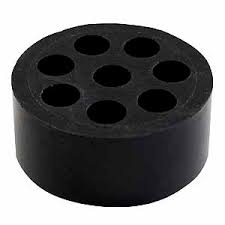
It is suitable to be used with strain reliefs and cable glands.
These are made from quality Neoprene that has a working temperature of 130°C.
Did you know it also features ingress protection of IP68?
How awesome is that?
Take note that this cable gland accessory could also be employed with either metric cable glands, PG cable glands,
and even strain reliefs ranging from PG7 to PG21 and M16 to M50.
Cable Gland Caps
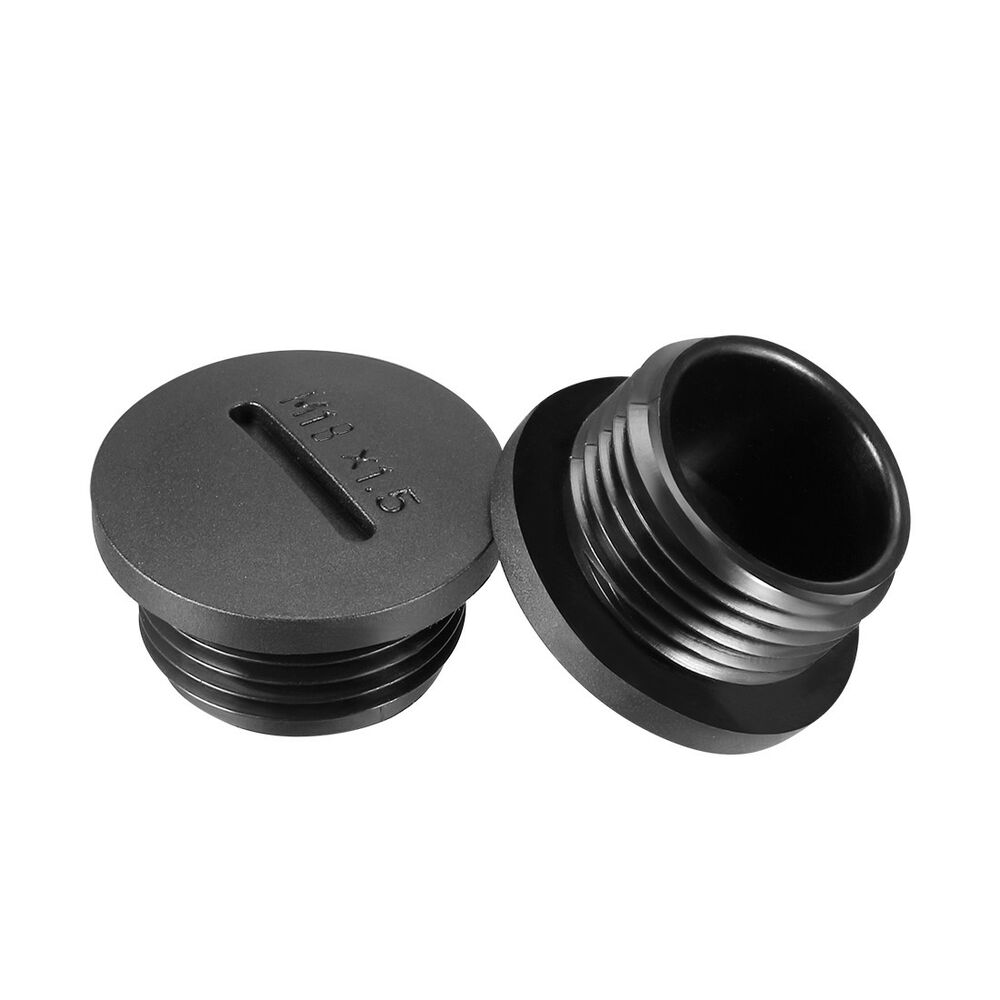
Cable gland caps are heavyweight cable relief for indoors and outdoors.
They provide heavy-duty cable strain relief both indoors and outdoors.
You can get industrial-strength impact and abrasion resistance even in wet or damp settings or even at low temperatures.
Cable Gland Seal

We also have the seal that fills the space in the gland.
It helps prevent particle, vapor, and fluid leakage from protecting and maintaining pressure while keeping the fragments out.
Keep in mind that seals are used in various industries and sectors, including:
-automotive
-aerospace
-general engineering
This cable gland accessory is normally made from rubber.
It is placed inside the cable gland’s body to function as a seal.
Moreover, the seal provides a tight and secure coverage for the cable and cord’s entry point.
Cable Gland Claw
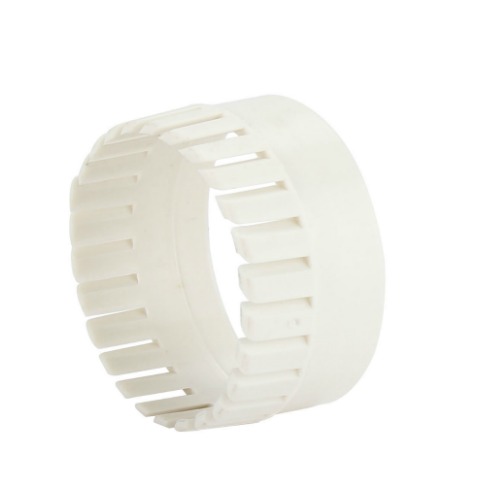
Ultimately, we have the claw.
It is designed to keep its place on the gland body.
It features a rubber ring inside the claw, helping grip the cable.
Cable Gland Bushing
Did you know the function of a cable bushing?
In case you didn’t know yet, cable bushing is created in various sizes and shapes for flexibility and adoption to different types of cable.
These bushings that have Part Number 131 212 11 can deal with cable diameters from 5, 9 to 24 millimeters.
Strain relief bushings provide the perfect solution for passing and anchoring cables into enclosures or through panels.
It can also safeguard and lock cables from water, and chaffing.
Isn’t it amazing?
Conclusion
There you have it!
These are the cable gland accessories you need to know.
We hope this guide has presented you with the information you need to know about different cable gland accessories and their functions.
Do you find this guide informative and useful?
What are your thoughts about this post?
Feel free to share your insights with us by leaving your comments below!





